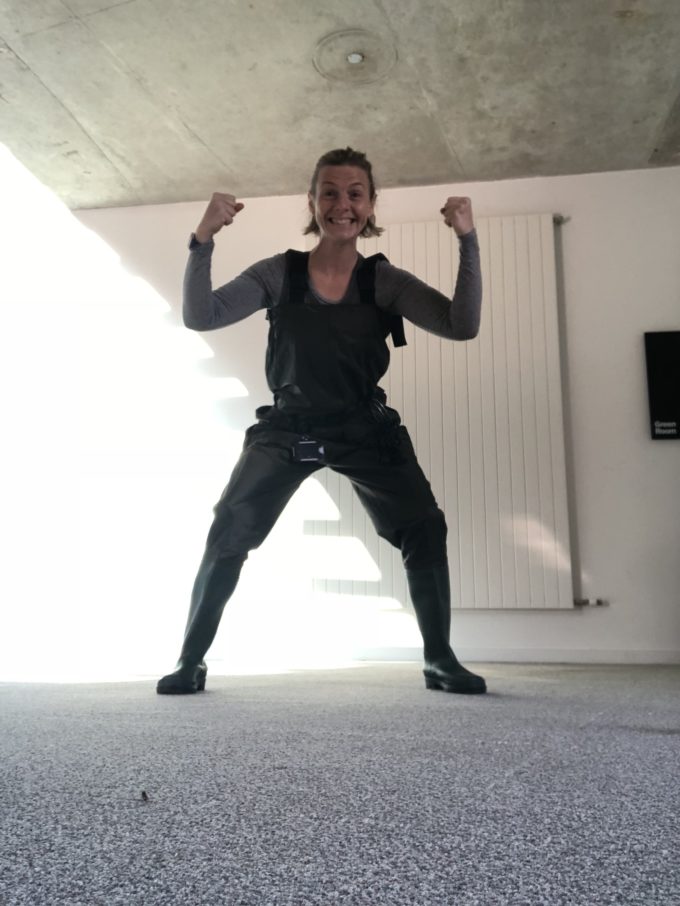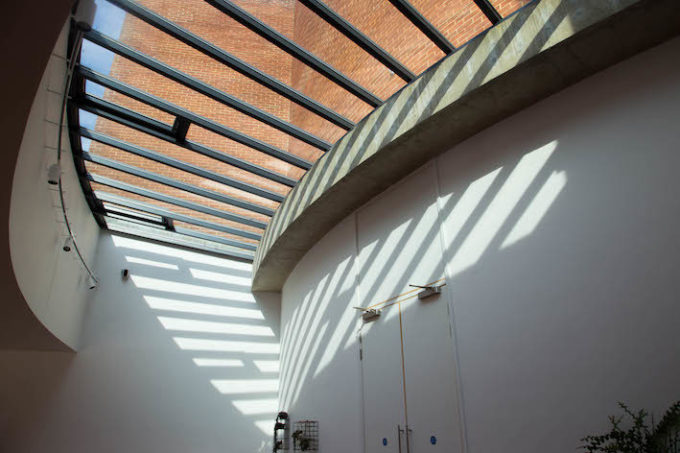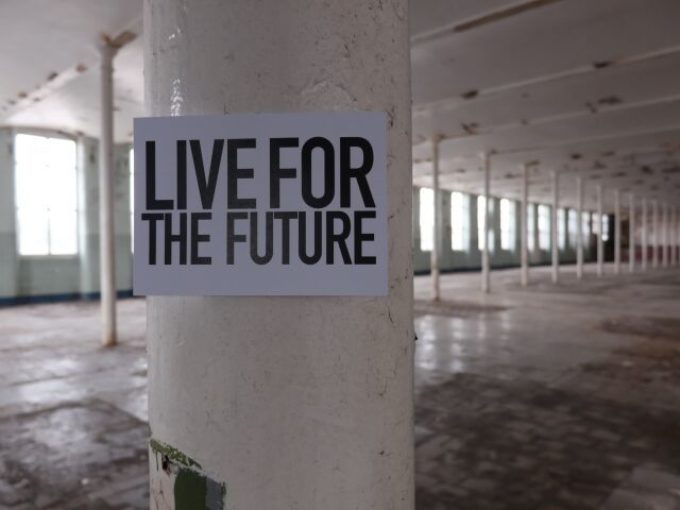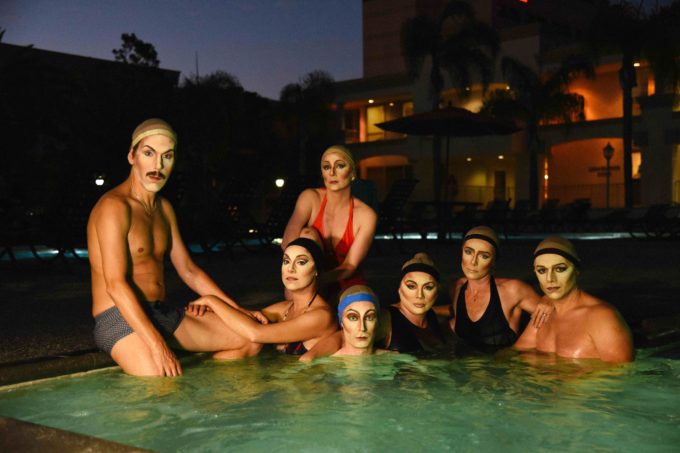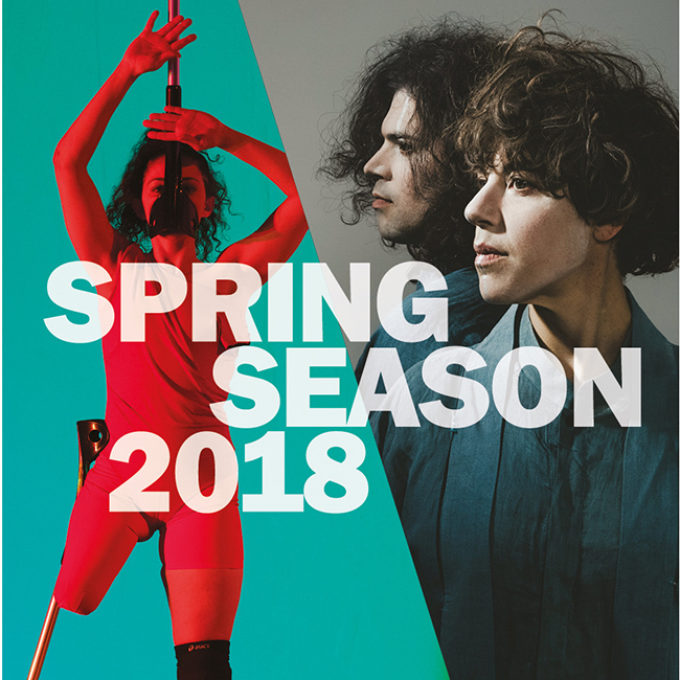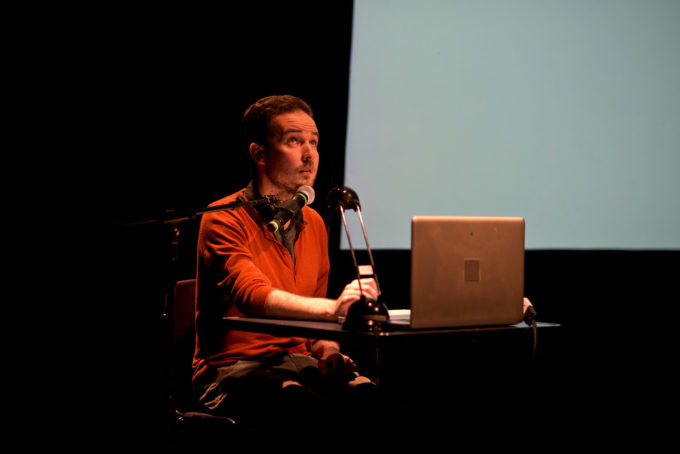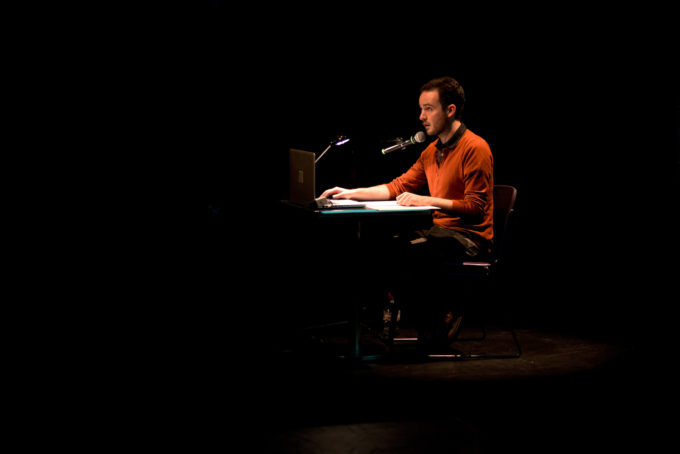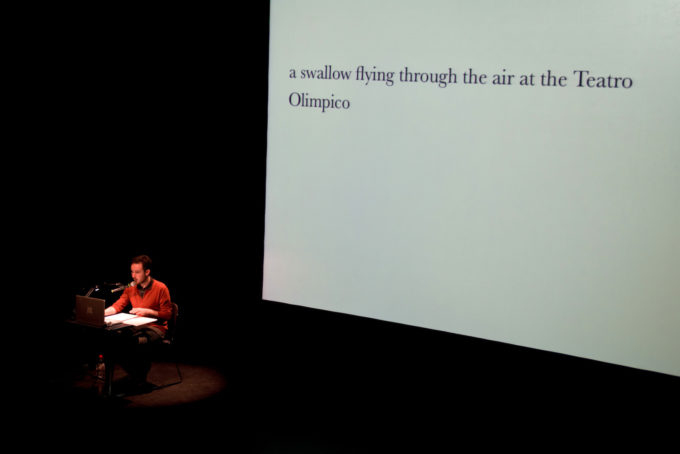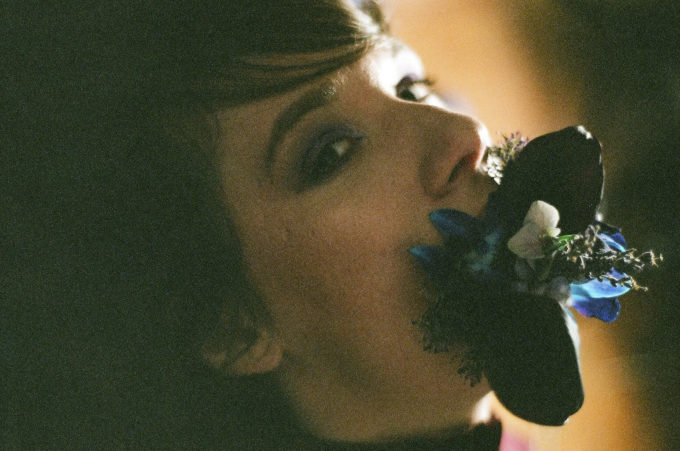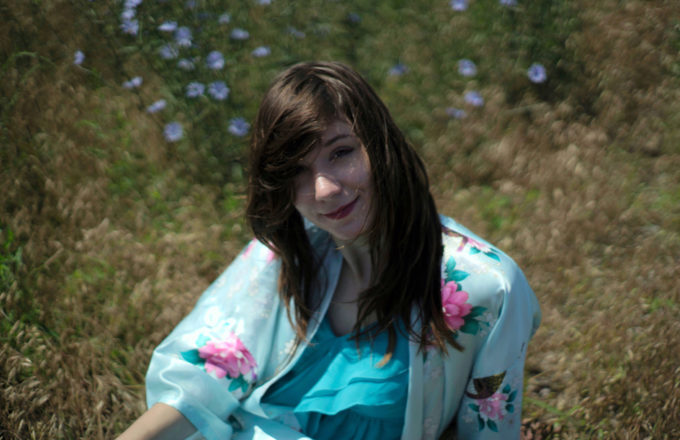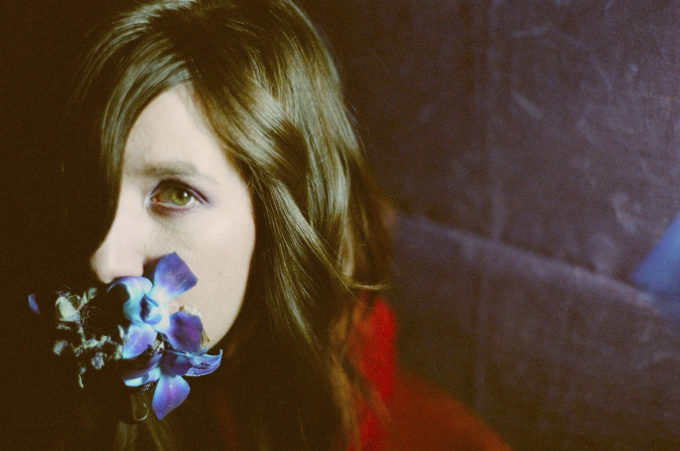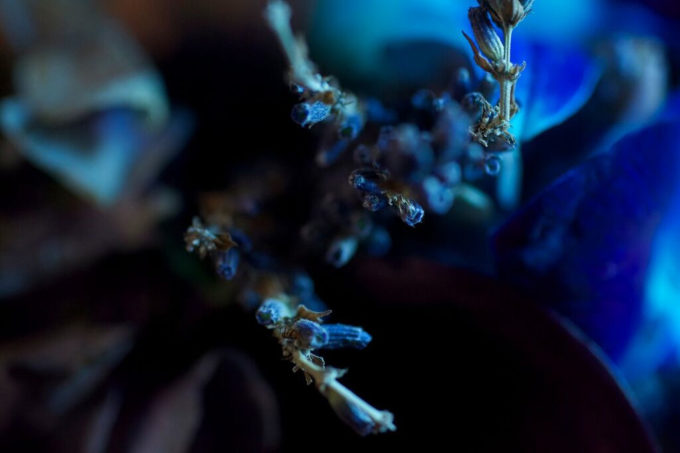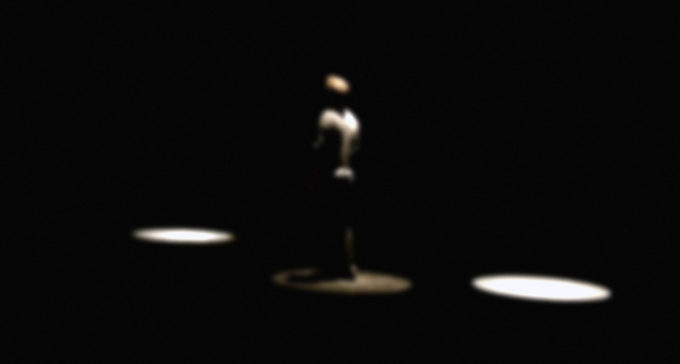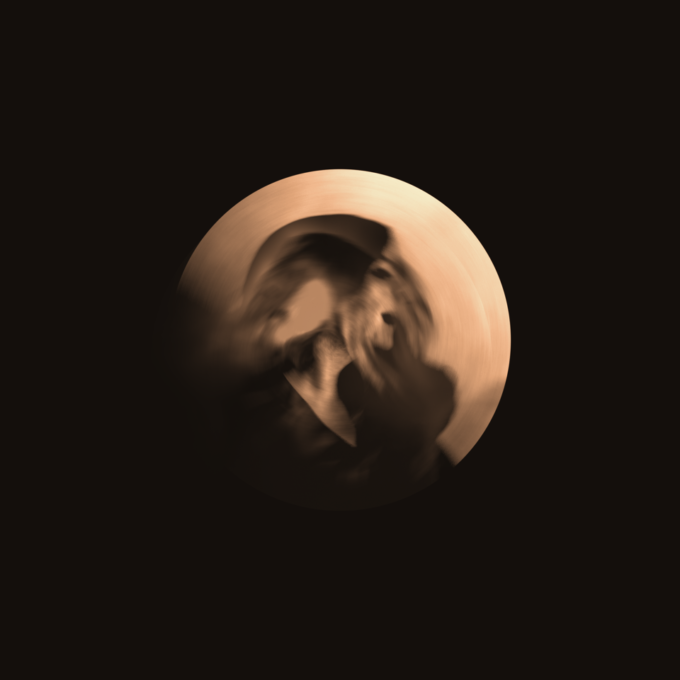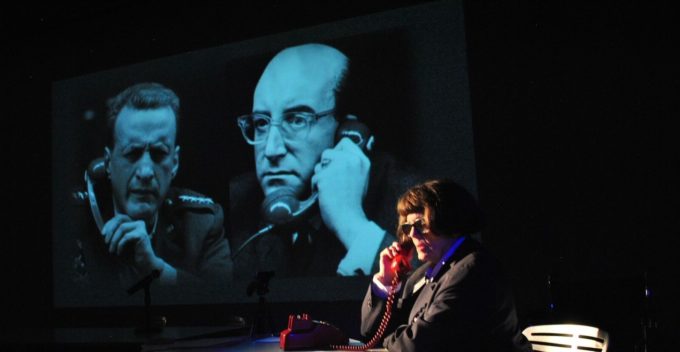
Lois Weaver and Peggy Shaw of Split Britches sit down and tell us more about their latest show, Unexploded Ordinances (UXO) which comes to ACCA on 13-14 March.
What inspired you to create UXO?
L: Two things, really. The first thing was we came across this term “unexploded ordnance,” which is a buried explosive left behind in an area of conflict. Sometimes a mine is called an unexploded ordnance. We came across this term, and we have been working with elders because we ourselves are elders. We try to work through our own questions about life in performance. We thought, “Oh, that’s a good metaphor for unexplored potential, especially in elders.” So we started playing around with that idea, keeping in mind that it had a military kind of influence. Then Peggy got obsessed with the film Dr. Strangelove, and so we thought, “Oh, let’s use Dr. Strangelove as a kind of spine, and we’ll build some of these other ideas around it.”
P: I think the other thing is that we hadn’t been in a show together since before my stroke in 2009. So we wanted to make a new show together because we had both been doing solo work. That was our initial reason for doing the show. And the other one came easy once we went to Governors Island and came across the rules that you couldn’t dig in the soil because there might be a Civil War cannonball buried underneath. It was kind of compelling.
The staging and performance of the show draws on the cult Stanley Kubrick film Dr. Strangelove, how did that come about? Are you film buffs, or Kubrick fans in particular?
P: I would tell them it’s a show combining social engagement with performance, and some people will be involved in it, but it’s not a difficult process, it’s a new form of getting the audience to be part of the performance. And it’s concentrating on elders.
L: Over the years we’ve created a way of looking at things in performance. I would say it’s a funny take off on Dr. Strangelove that also seriously looks at all the issues involved. And we parallel that with what it means to get older, to have a short period of time left in your life as an older person compared, to what it might be like to have a short period of time left in your life if there’s a doomsday situation. And so that’s humorous, and it’s also serious, and it’s also inclusive. And it’s visual. And those are all the things Split Britches have always woven together in this multilayered kind of performance.
P: I feel like, when the audience comes in, already they’re a part of the situation and they see the three maps on the wall and they’re moving and they’re bleeping and because of the lights and the way the audience are set up, that they already feel part of the show, that they’re actually in a room where there’s something going on. And it’s all about time, and they know that they show is only going be an hour, or 59 minutes, and they’re constantly thinking about time, and that there’s always time.
L: But I also think that one of the things we do is that we combine entertaining, ideas about entertainment, with an opportunity to think about serious issues.
P: I feel like what we are is kind of obsessive people, and when we’re working on a project, when something enters our brain it becomes part of our process. And Dr. Strangelove for some reason entered my brain and I wouldn’t give it up. It was so beautifully acted and it was so funny, and it was so much like our work in a way, and there were so many ideas in it.
L: You’re right about the obsession because you were the one who saw the movie because you watch a lot of movies, but one of the things that you do is that you like to trawl the internet and look for references or ideas in the same way that we used to trawl.
P: Thrift stores-
L: - thrift stores looking for old record recordings or whatever looking for ideas. And you came across this and you thought “I want to do this!” and that often that happens and I go “what is she talking about how are we ever going to incorporate that into the work.” But there was something about wanting to talk about the militarization that we stumbled across when we heard the term unexploded ordnance. We wanted to talk about the military in some way, and war. And how that relates to climate change, for instance, what would happen if some of these unexploded ordnances were uncovered by natural disasters? And then when we actually sat down and looked at it we realized the comedic potential… and we always follow our great fantasies about what we want to do on stage, and you wanted to be, or play, or play around with George C Scott (the actor who played General Buck Turgidson in Dr Strangelove).
P: It was also at a time before the presidential election in New York and Hillary Clinton was considered a shoe-in, so Lois having the same birthday as Hillary Clinton and being the same age, would play the president, and it would be a woman president.
L: Yeah so we thought those were fun things to work with.
Stanley Kubrick’s film was made in the 1960s during the Cold War. Do you think there’s relevance to what’s happening in the world now?
P: Yes. Of course. It’s Russia. And the jokes about Russia, and the knowledge we have about Russia is not all that different than it was during the Cold War. I feel like the stereotypes are still there; the spies and the deaths.
L: And the arms race.
P: And the arms race, suddenly we’re in an arms race again and suddenly we have a lunatic president who could press the button at any moment.
L: But the interesting thing is we don’t we say the word Russia at all in the performance. One of the reasons is that when we made the piece, it was before Trump was elected and it was before this whole Russian thing had come back into our consciousness, so we wanted to make it about a generic, if there is such a thing, nuclear fear. And in 2016 before the election, that still felt remote. Something that we grew up with in the 50s and 60s, but we hadn’t yet thought about it in the same way as we are thinking about it now because Trump is such a madman and has his finger literally on the button. So all of those references to a mad person bringing us to the brink of nuclear disaster is now real, but it wasn’t real when we started the performance.
P: For example, in Hawaii recently, they set off an emergency on the whole island that a nuclear bomb was about to blow up and it turned out the guy had heard it wrong. There is no failsafe or.
L: Yeah, but even the fact that we went now to that moment where it was believable, I mean two years ago, if that had happened people would’ve said something must be wrong, but now it’s completely plausible because of Trump. So, it’s absolutely what’s happening and even in the last few weeks, Trump has reiterated his commitment to building our nuclear arsenal, so it is the kind of fear we a lot of us used to have as kids.
P: And (in the show) we play on those fears by reshowing the pathetic procedures they had for what happens in a nuclear attack, like hiding under your desk or covering your face or… so we point to those… because in Hawaii when that did happen they still had no process.
L: No emergency procedure.
P: No emergency procedure, it was the same as duck and cover.
The show involves some members of the audience taking part in the show. What would you say to anyone coming to the show but not sure they would like to take part? Although you’re New York based, you have a long history of performing in the UK – when did you first come to Britain?
P: It’s not necessarily for anyone to take part. We make it so easy for people that they actually get disappointed when they’re not going to be the one at the table because the process is so organic. They’re all up there and then suddenly they’re asked to sit at the table and in fact, everyone wants to do it and they don’t all get to do it. We try to get all the elders in the room. It’s not always the most elderly but it usually is because people have a lot to say right now.
L: I think that’s right. We’re not asking people to get up there and perform. In fact it doesn’t work when people do that. We’re just asking people to get up and be with us on stage. We just ask people to be themselves and respond to questions. Nobody’s trying to catch anyone out or seeing who’s the cleverest, it’s just about mining, you know, what’s inside an everyday person, which is all of us.
P: It comes from trying to find the truth, rather than what we’ve been told is going on in the world. We just did a three-week run at La Mama in New York and every night everything everybody said was different. So, you get to find out what the truth is, how do people feel.
P: Well I first came to London in the early 70s with Hot Peaches and I then went to Amsterdam, and that’s where I ran into Lois and Spiderwoman and-
L: But you have a great history in London when you started out, and Hot Peaches came to come and do gay theatre in Europe.
P: Sure. It’s like ‘oh let’s do a gay tour of Europe’ was the attitude, so we just did it and called it that and we had no bookings we just came to London with nowhere to live and we just did the tour-
L: Where did you first perform?
P: At the Oval Theatre in London. Everyone first performed at the Oval Theatre in London.
L: So did we with Spiderwoman. I first came to London in 1977 with Spiderwoman Theatre because we had been invited to a festival in Nancy, France and someone saw us and said ‘why don’t you come perform at the Oval?’ so we came in 1977 and then over the years came back as a company, Spiderwoman Theatre, and sometimes the whole company, some part of the company, and just kept performing there. And then when you – go ahead, you want to say something else?
P: Well the reason we kept performing there is that there were many festivals in Europe, unlike New York.
L: Well, there were venues, we didn’t have any venues in the states at that point that could accommodate a touring company that did any kind of experimental theatre or alternative performance. Then you and I started going to the women’s festivals in Europe when we were both in Spiderwoman in ’79. We experienced a culture of theatre and performance that just didn’t exist in the states and a lot of companies went there to survive, really.
P: And we wanted to bring that culture to New York, because there was nowhere for lesbians and women to perform in New York separately from men. So we decided to create that for ourselves.
Any outstanding memories of performing here?
L: As Split Britches we performed at OvalHouse and then we performed at the Drill Hall. We took our Dress Suits to Hire there and Drill Hall was the site of real queer performance, lesbian and gay performance, so it was great to be there. We created Belle Reprieve with the Drill Hall, those were great experiences.
P: We did one off performances at the Drill Hall, like New Year’s Eve, or people would work up bits to do them at the Drill Hall it was a very exciting queer venue.
L: And it was our home for a little while, it was our home from probably about 1988 to I would say 2005, which is when I did my show What Tammy Needs to Know, and then you did Menopausal Gentleman, and I did Faith and Dancing I think and then –
P: You’re Just Like My Father
L: You’re Just Like My Father – and then we also went back to back there with Dress Suits to Hire. We did it there first in 1988 and then we did it there in 2005, when we did the revision.
P: We did?
L: Yeah. I think we spent a lot of good times in the UK. It was the first time that I realized that I could be in a theatrical community where you had access to loads of different kinds of talented people. Whereas I felt like in New York people were very compartmentalized and isolated. And it felt like when we went to London we had the opportunity to set up some great collaborations: Lackadaisical, and Kate Owen, Annabelle Lee who was our set designer. The other thing we got excited about when we first came to the UK was that people liked to talk about politics. And one of the things that had happened in the U.S is that you couldn’t disagree with anybody. If you disagreed with somebody, then you were a communist. And I remember when we would sit around a dinner table at women’s houses in London, people were really disagreeing with each other, and it was so refreshing because here, in my experience anyways, people either agreed with you or didn’t, a kind of love you or leave you attitude.
P: And it’s very interesting you say that because I also feel like in London people were very afraid, at that time, to laugh at the wrong place, and in New York people were totally prepared to give up their laughs to laugh at something. And they weren’t worried about being correct or that they were laughing at the wrong place.
L: That goes into what I was saying earlier, you know, in London, people are really committed to the theatre, which is fantastic, but as a result they’re realty committed to a narrative, a story to follow, and we were never committed to a story, we were doing kind of nonlinear performance from the moment we started, and I think that was kind of baffling to an English audience when we first started Split Britches in the 80s, people wanted to know what the story was. And they were embarrassed or worried if they didn’t get it.
Any memories of performing in Brighton?
P: I often think of the old days in Brighton in the 70s when it was not so queer. It was pretty rough and there weren’t very many venues and we wouldn’t get paid and we would stay in places that smelled like oil burners in the basement, always in the basement, and we’d never have money to get the train fare even. But now Brighton is different because of the Marlborough and because of making sure that we’re well taken care of when we go down there.
L: Now there’s so many fantastic venues and it’s such a vibrant place for creative work, so I’m really excited to go there.
